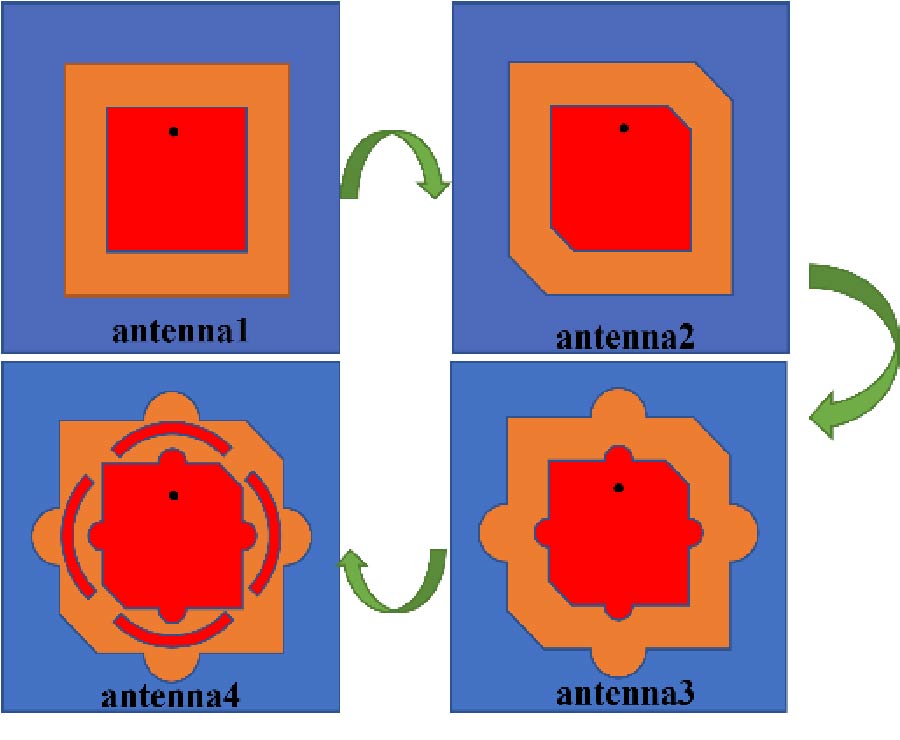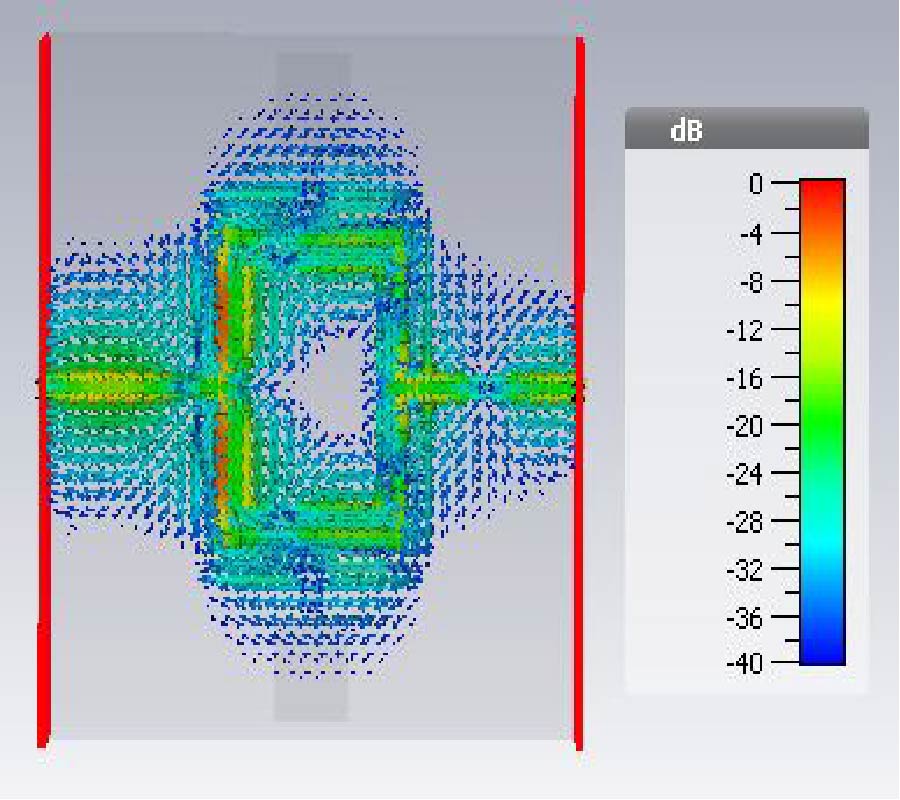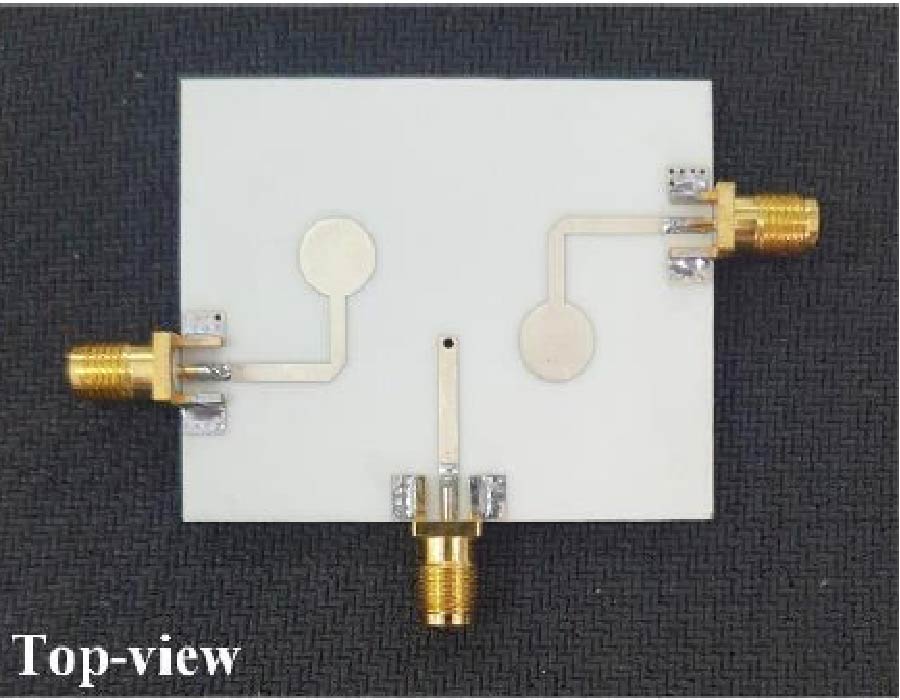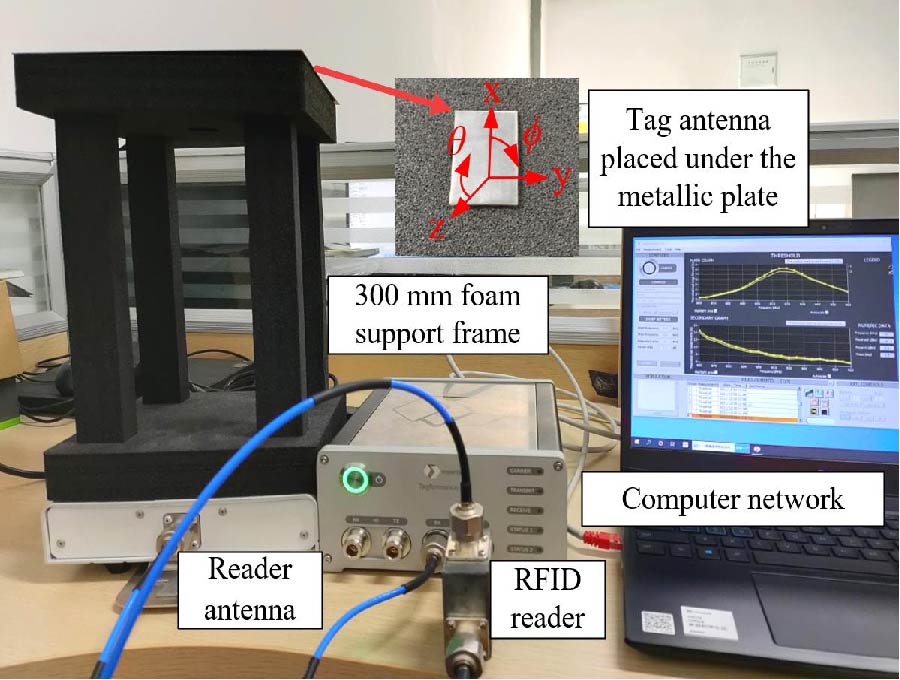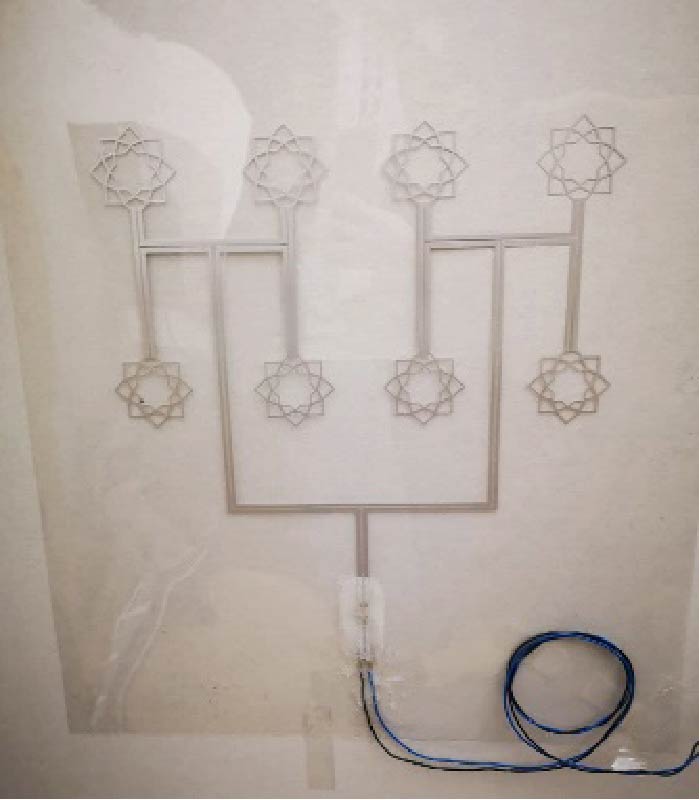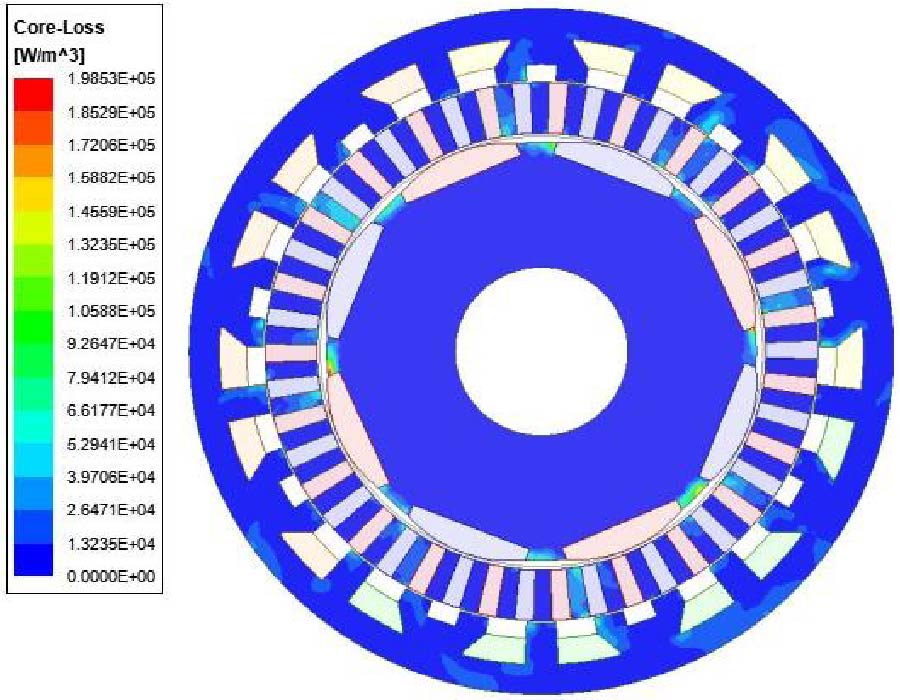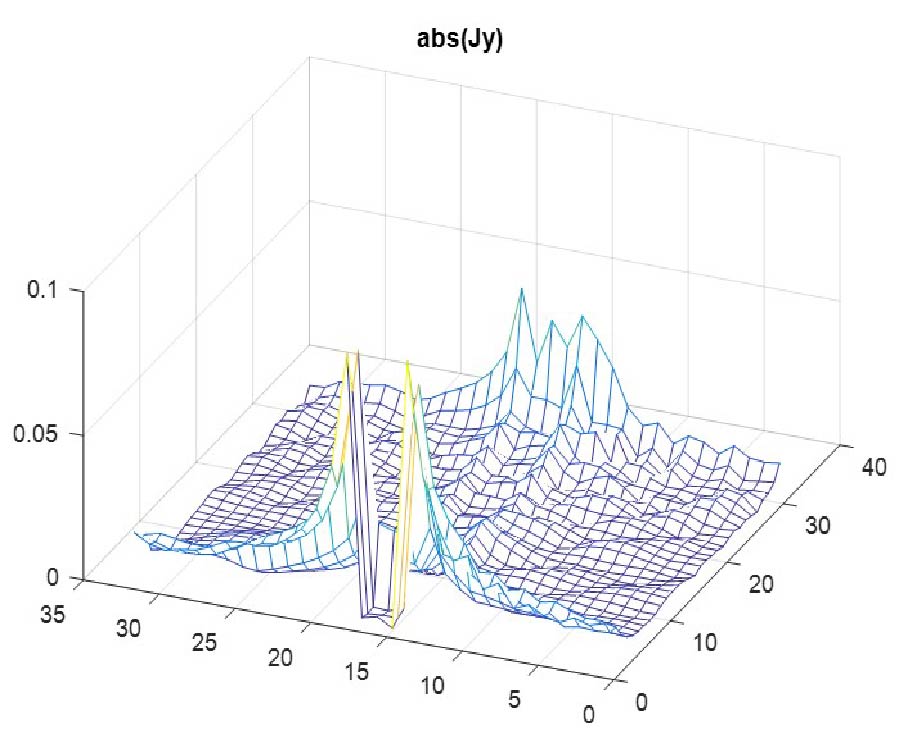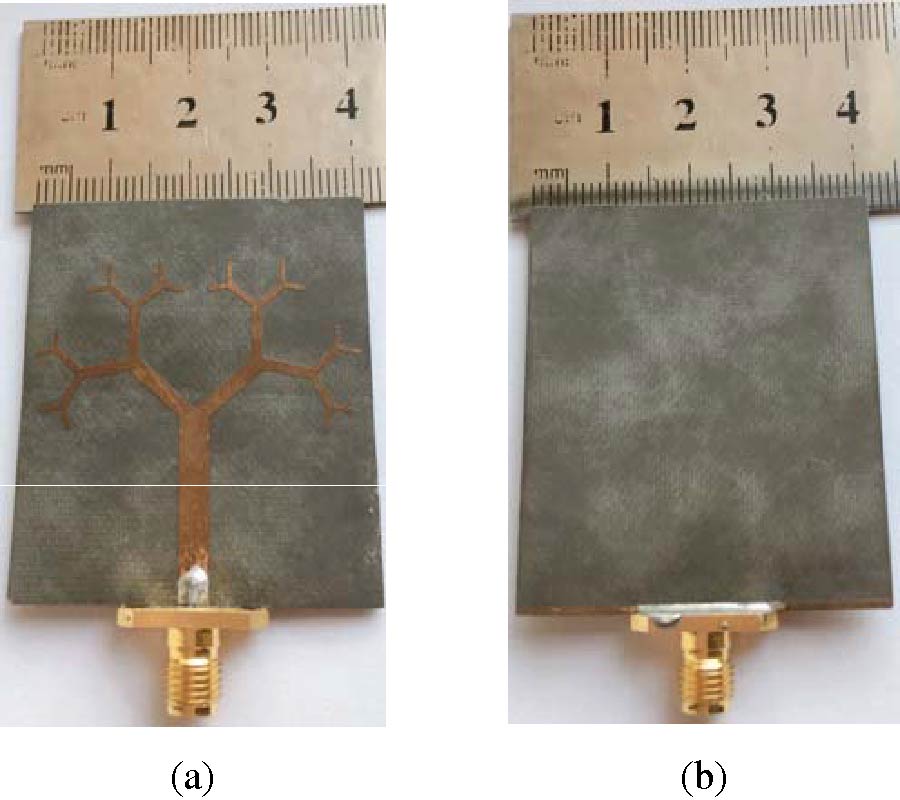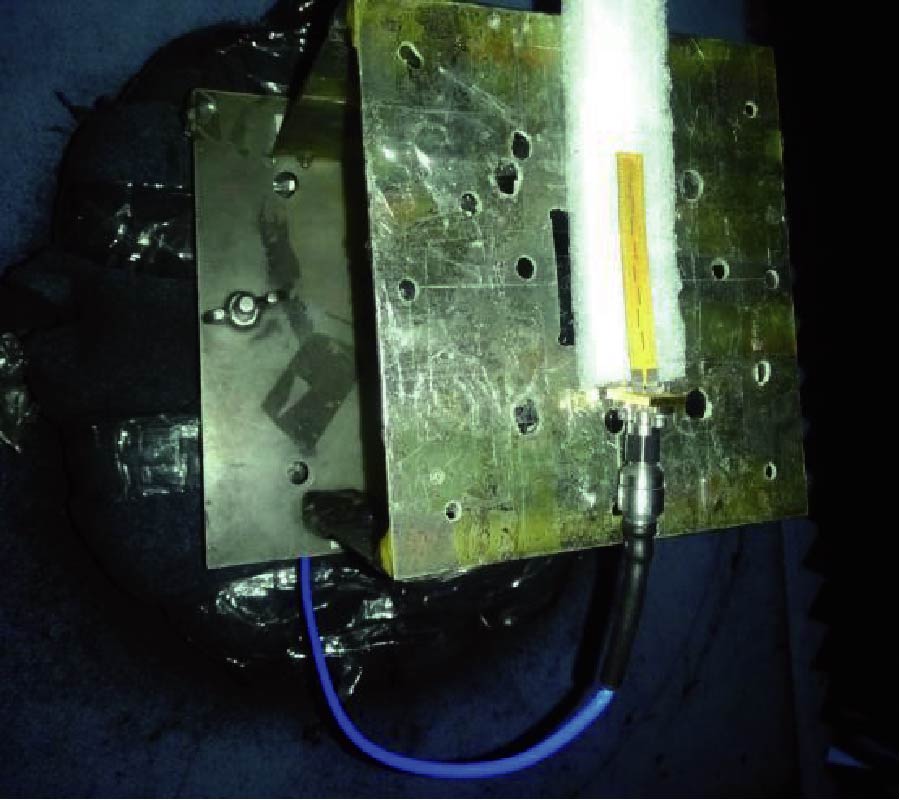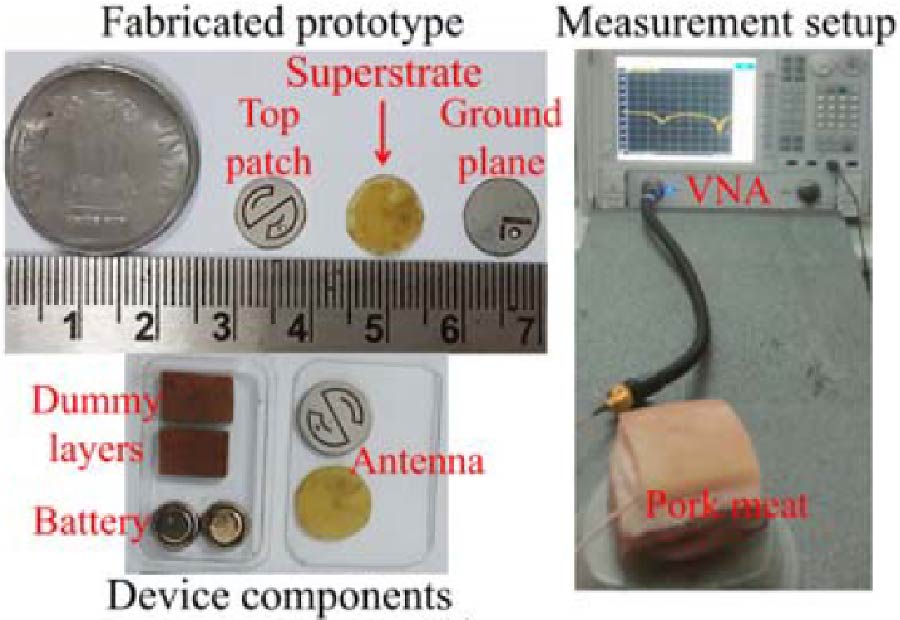Design, Analysis, and Modeling Using WCIP Method of Novel Microstrip Patch Antenna for THz
Applications
Anouar Mondir
,
Larbi Setti
and
Rida El Haffar
This paper aims to model and analyze planar antennas for high frequencies using an iterative wave design procedure (WCIP). The formulation adopted in the method allowed determining a basic equation for the interaction of linearly combined electromagnetic fields with the incident and reflected waves in various dielectric media over a discontinuity. In this paper, we design a broadband terahertz patch antenna using graphene. We propose to design a new numerical tool to model the implementation of graphene to achieve an efficient and flexible antenna. The design methodology started with the design of a compact conventional microstrip antenna for 118.87 GHz, and the antenna was then miniaturized using rectangular slots. Based on the simulation results, the suggested structure antenna with a slot can offer great characteristics in terms of broadband performance and frequency reconfiguration using various voltages on the graphene. The antenna provides frequency bands fr1 = 118.7 GHz, fr2 = 120 GHz, fr3 = 123.36 GHz, fr4 = 128.27 GHz, fr5 = 131 GHz and fr6 = 132.8 GHz with a bandwidth is Δfr1 = 9.5 GHz, Δfr2 = 3.66 GHz, Δfr3 = 4 GHz, Δfr4 = 3.23 GHz, Δfr5 = 3.401 GHz, Δfr6 = 3.01 GHz and uniform radiation patterns, the value of VSWR between 1 and 2 for different chemical potential value respectively μc = 0.1 eV, μc = 0.2 eV, μc = 0.3 eV, μc = 0.4 eV, μc = 0.5 eV, μc = 0.6 eV using polyimide with a dielectric constant of 3.5 and a loss tangent of 0.008. In addition, we studied the effect of different substrate materials (Arlon and Duroid 5880). The simulation is performed using a new WCIP equation, and the validation is performed by comparison with the finite integration method in technique (FIT). A comparison of the computation time is presented in this paper.
